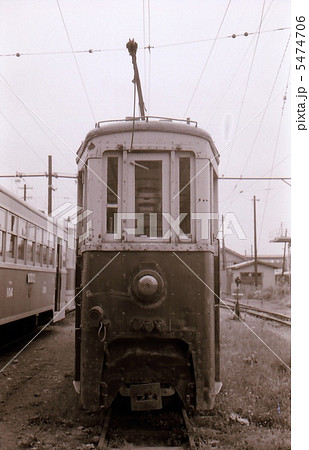No narrow gauge systems already existing in the UK is a good starting reason. The BART system in the USA, built late 1960s, considered all aspects from some supposedly visionary theoretical engineers, and came up with a 5'6" gauge. Only when built did they notice (although train buffs' magazines had commented long previously) that none of the USA track maintenance contractors had any such gauge equipment, tools, etc, so everything had to be bought specifically, and indeed often custom manufactured.
Narrow gauge allows sharper curves, although at limited speed. Historically such cars often were only wide enough for 2+1, or even 1+1 seating, rather than 2+2 seating that UK buses have always managed. Have wider cars and you need more throwover room on curves, and start to lose any narrow gauge benefit. Narrow gauge cars are an advantage in places like old Lisbon, which UK buses would find challenging, but there aren't many such in realistic UK system proposals, most of which seem to require absorbing substantial amounts of existing community roadspace for their own purposes.
One separate development has been the arrival of low floor cars, with separately suspended wheels rather than axles to allow the low level through gangway, which seem incapable of being allowed to handle curves at much more than walking speed. This aspect was quite overlooked, for example, in the development of the Edinburgh Tram, whose final section to the airport through open country is a series of right-angle turns following the established field boundaries, which wrecks the speed performance not only there but elsewhere else on the system (bear in mind the initial Edinburgh Tram contract was given to a German contractor because they "knew" trams - but seemingly not this bit). Now if that was done to metre gauge rather than standard, I imagine the speeds on sharp turns would be even less.
The speed differential in for example Prague, which now has both 'classic' Tatra bogie trams, and new 'low floor' cars, is significant, I would guess to the extent of requiring extra cars to maintain the same headway. The same might be true if a UK system were built narrow gauge.

